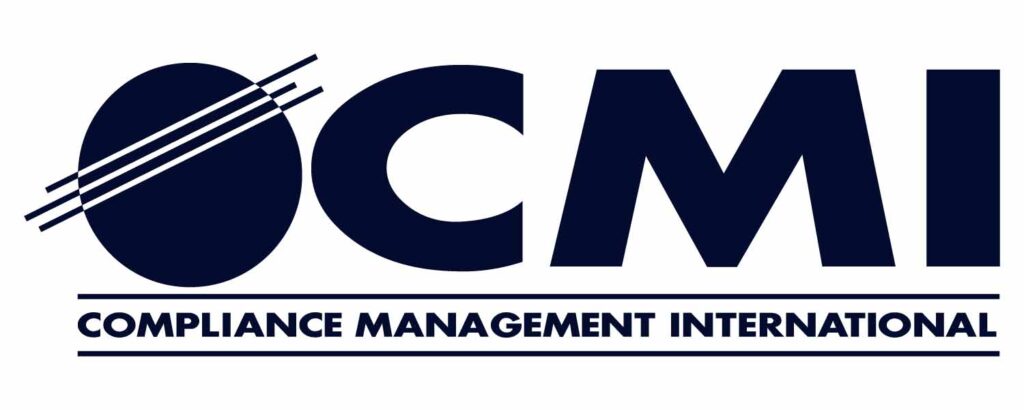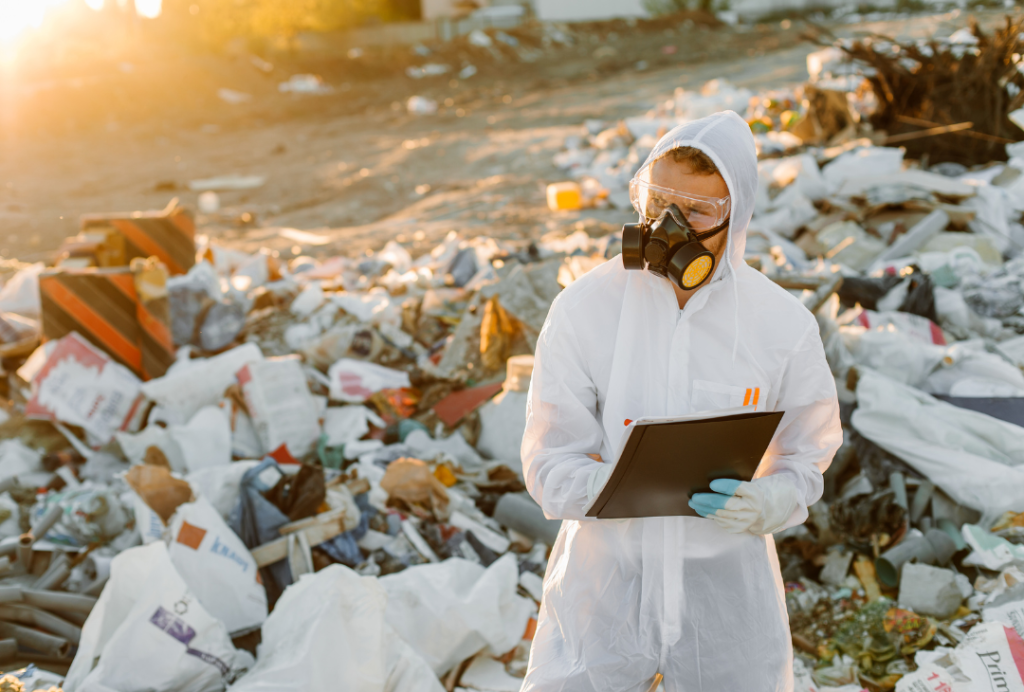The EPA issued the final ruling for the Portland Cement Manufacturing Industry National Emissions Standard on July 13, 2018 which concluded that the current Maximum Achievable Control Technology (MACT) standards are acceptable.
The process of manufacturing Portland Cement is energy-intensive and produces multiple air pollutants and emissions that must be monitored and controlled. Under the Clean Air Act, the EPA is required to control these emissions by setting maximum achievable control technology (MACT) standards, which include emission limits for particulate matter, non-dioxin total hydrocarbons, hydrogen chloride, dioxins/furans and mercury. The EPA regulates hazardous air pollutants from large facilities like those manufacturing Portland Cement in two phases: phase 1 is “technology-based” and phase 2 is “risk-based”. Phase 1 involves developing standards of measurement for a particular industry while phase 2 requires the measuring of those standards. Measuring of the standards must be done every 8 years to account for improvements in air pollution controls and/or prevention. According to a consent decree issued on September 26, 2011, the EPA was required to finalize amendments to this rule before July 15, 2018.
After conducting a risk analysis of facility emissions with the full MACT standards in place, the EPA found no appreciable health or ecological risks due to air toxin emissions and has accepted the risks with the current MACT standards.



